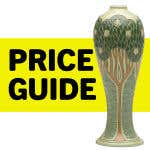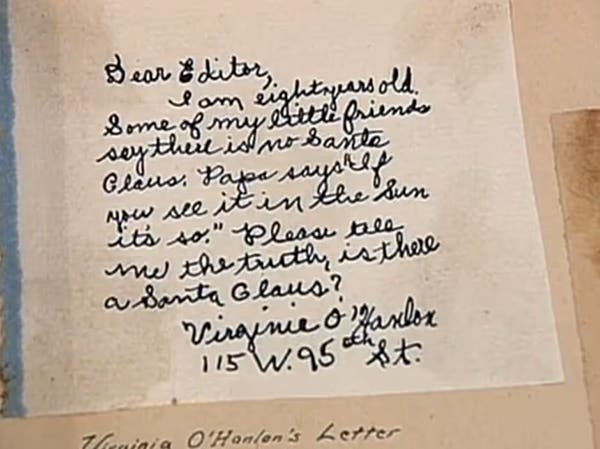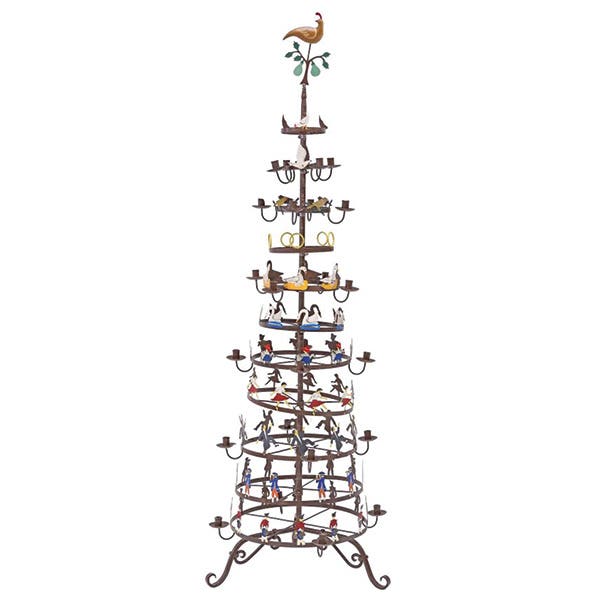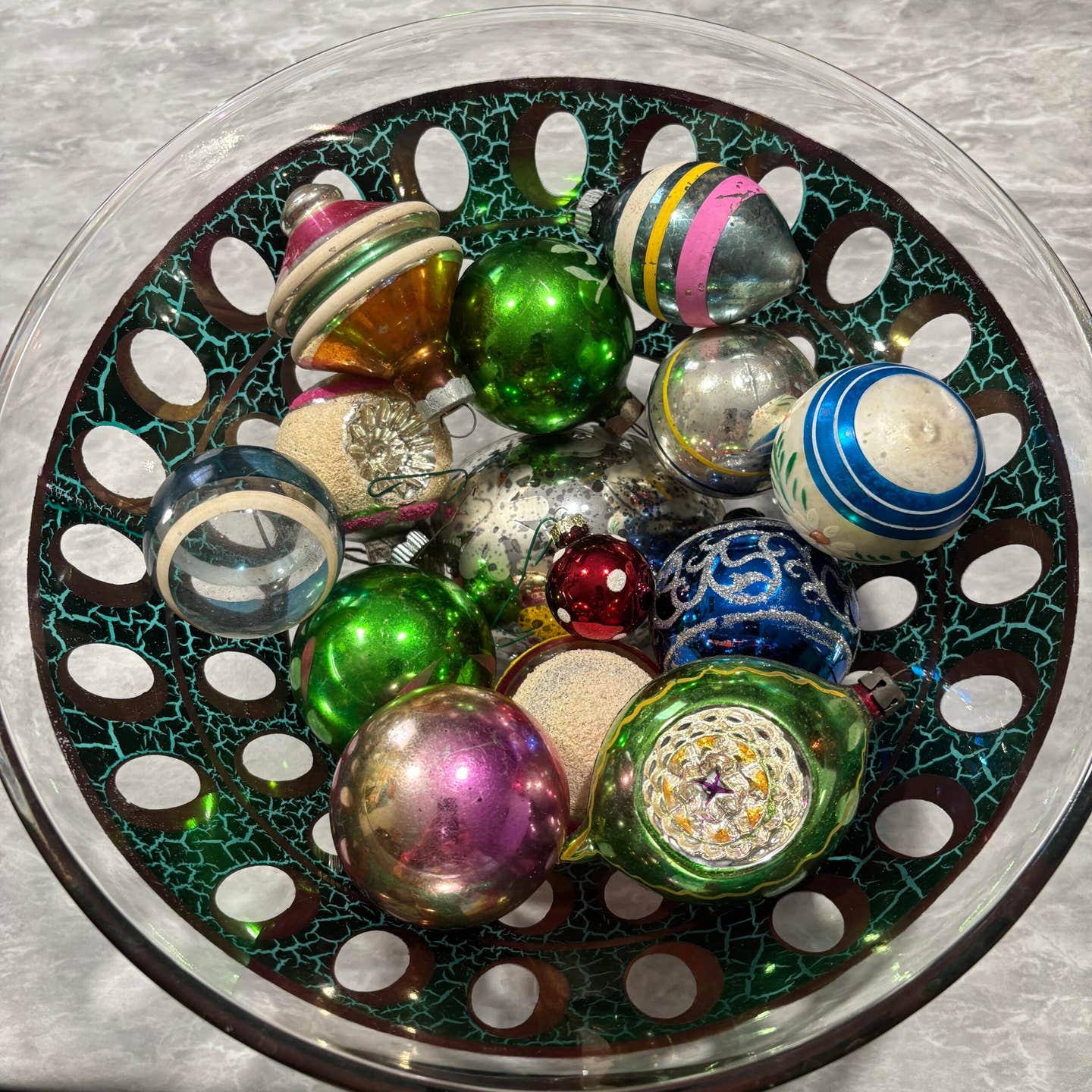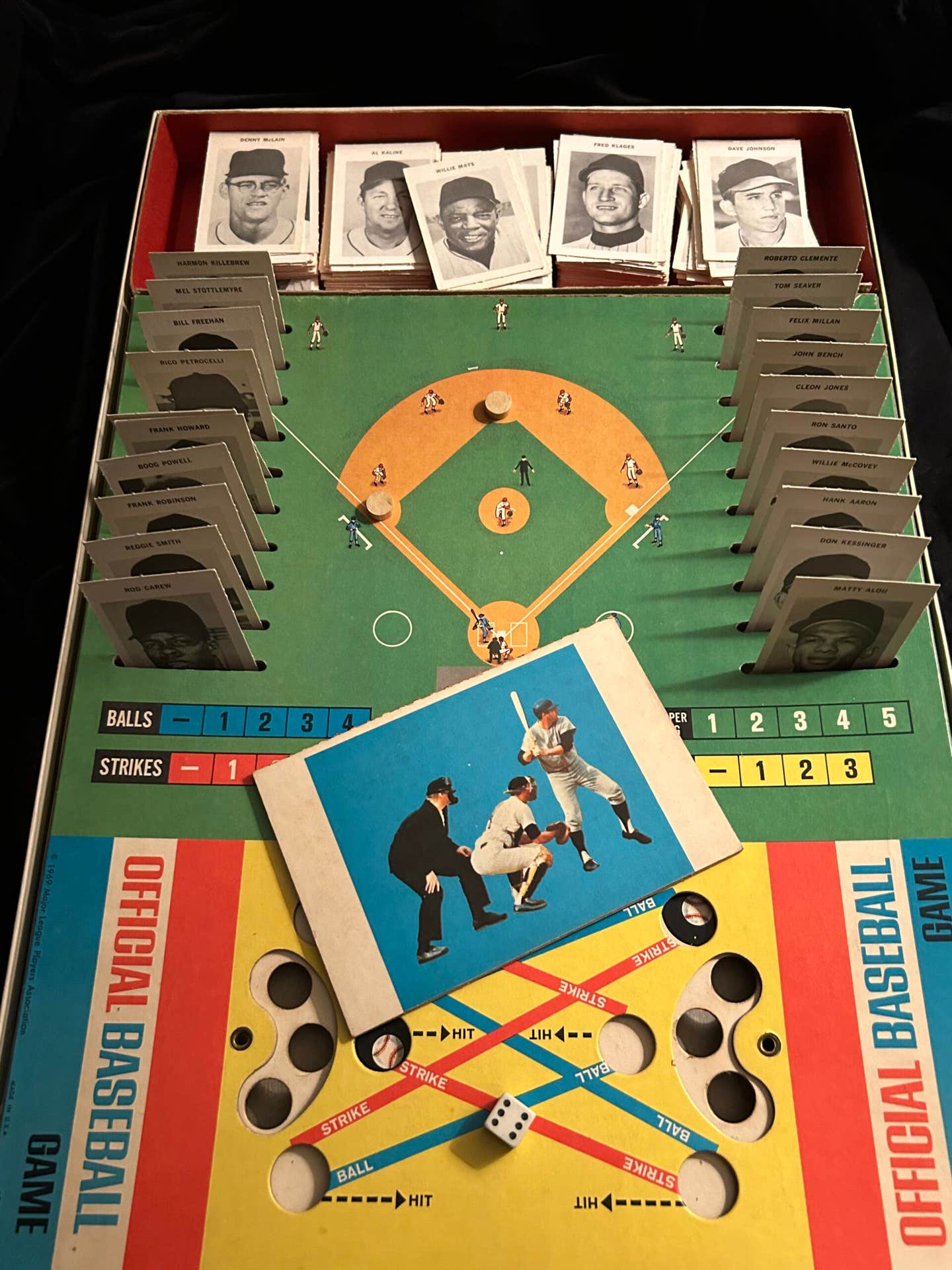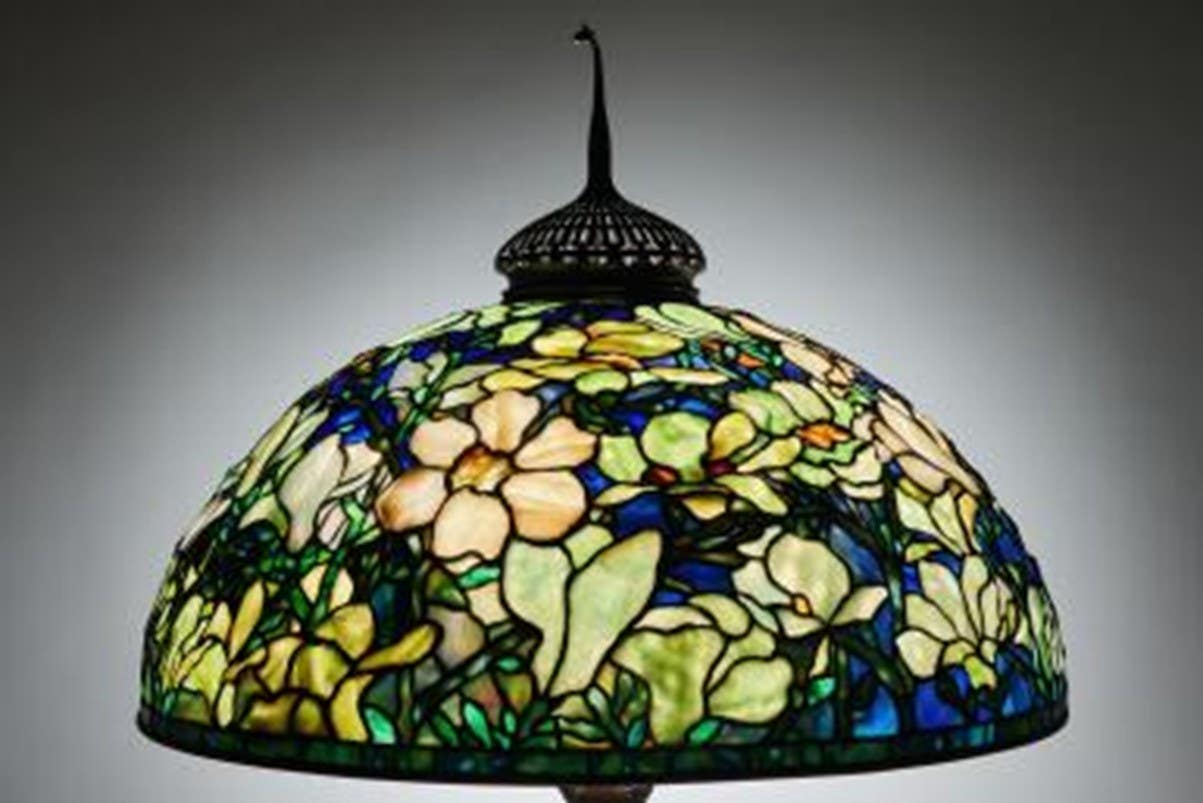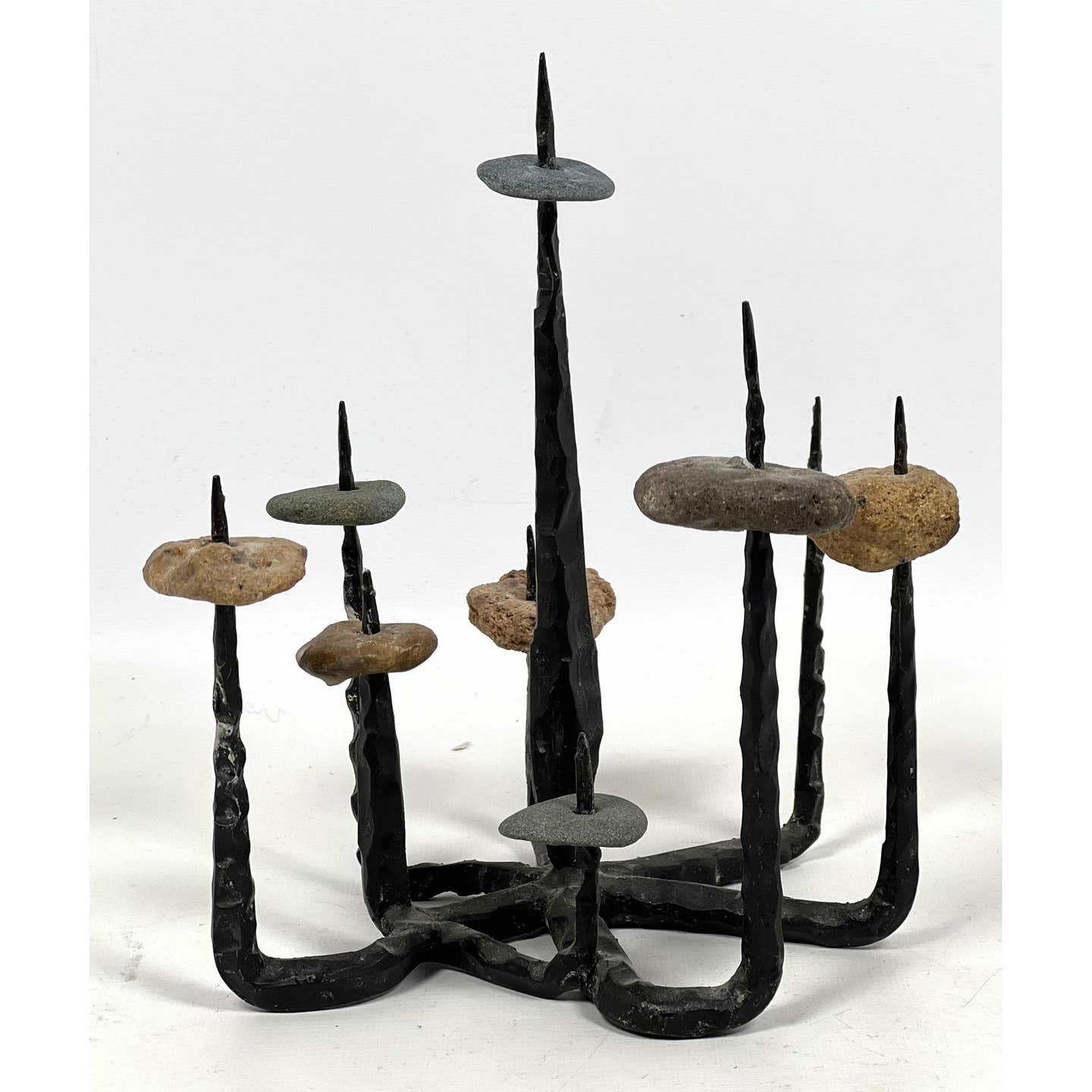MFA Boston launching “Quilts and Color”
The Museum of Fine Arts in Boston is hosting a quilter’s paradise from April through July, with the opening of the “Quilts and Color” exhibition.
BOSTON — Vibrant colors, dynamic patterns and skilled craftsmanship are part of spring’s Quilts and Color: The Pilgrim/Roy Collection, presented by the Museum of Fine Arts, Boston (MFA). The exhibition of 59 distinctive quilts is the first to explore how, over five decades, artist and designer Gerald Roy, who now lives in New Hampshire, and the late
Paul Pilgrim acquired bold, eye-popping quilts that frequently echo the work of mid-20th century Abstract and Op Artists. The exhibition not only looks at the quilts themselves, but also examines how color theory relates to their designs.
Pilgrim and Roy began collecting in California, and their lifelong passion for quilts led them to amass one of the finest collections in the world, numbering more than 1,200 examples from across the United States. Many were created by anonymous women from diverse communities stretching from 19th-century Massachusetts and Amish and Mennonite Pennsylvania to Depression-era Missouri. Quilting gave them a voice in a time when there were few opportunities for women to express themselves artistically. On view April 6-July 27, 2014, in the Ann and Graham Gund Gallery, each section of the exhibition (and the accompanying publication) is introduced by abstract works of art. The art includes one painting and seven prints by artists such as Josef Albers, Victor Vasarely and Sol LeWitt, each offering a modern look at color theory. The accompanying publication also explores the history of quilting as it rose beyond its utilitarian and decorative roots to become a form of art in its own right.
Throughout the exhibition, museum visitors will receive a color wheel to help them better understand, appreciate and experience the color theory explored in the show, such as vibration, gradation and contrast. MFA members, who always receive free admission, can see the exhibition first during Member Preview Days (April 1-5) and receive priority access to the show. For non-members, regular admission includes all-day access to the MFA along with a repeat visit within 10 days.
Gerald Roy and Paul Pilgrim met as students in 1963 at the California College of Arts and Crafts in Oakland, Calif. (now known as California College of the Arts.) Roy, a native of Worcester, Mass., was heavily influenced by color theorist Josef Albers and the Bauhaus school in Germany — which emphasized the merging of fine art and craft — while attending The School of The Worcester Art Museum (1959-1962). After receiving their Bachelor of Arts degrees, both went on to receive their Master of Fine Arts degrees at Mills College in Oakland (1965-1967). As they began to acquire items for a gallery, opened in 1971, Pilgrim and Roy were struck by quilts, especially those that demonstrated sophisticated use of color and pattern and were reminiscent of Albers’ ideas from his book, “Interaction of Color,” published in 1963. The collectors were at the forefront of recognizing quilts as art, and acquired outstanding examples as they traveled the country visiting fairs, flea markets and auctions, as well as meeting directly with dealers and quilters. Today, quilts are no longer simply seen as decorative bedcovers, women’s work or symbols of a colonial past — they are appreciated as works of artistic expression. Pilgrim and Roy were in the vanguard of this recognition.
“As we began looking at what we had collected in comparison to others, we noticed our collection was different in that our interests were neither historical, nor technical,” said Gerald Roy. “We collected what we found to be visually exceptional and challenging, and always kept an eye toward color theory.”
Among the most visually striking quilts in the collection are those exhibiting the color interaction known as “Vibrations,” which was favored by Mennonite women of Pennsylvania and Ohio. When placed side-by-side, complementary colors (or near complementary colors) of equal intensity — like red and green — cause the eye to see a “vibration” where the colors meet. To soften the potent optic effect, some women added a third analogous color (one that is adjacent on the color wheel) to their designs. The maker of Ocean Waves (1880–1890, Pennsylvania, Mennonite) softens the vibrating visual effect of red and green by incorporating orange triangles.
“The Pilgrim/Roy collection would not have been possible before the acceptance of abstract art in the mid-20th century,” said Pamela Parmal, Department Head and David and Roberta Logie Curator of Textile and Fashion Arts. “Its emphasis of color and form over representational art opened the door to a re-evaluation of the quilt maker’s art.”
In celebration of “Quilts and Color,” the museum is offering a wide range of programs. Spotlight Talks — 15-minute talks with MFA staff in the galleries — highlight colorful works throughout the collection and will be held Wednesday evenings through June 25. An array of gallery programs, lectures and studio art classes are also offered during the “Season of Color.” On Saturdays and Sundays, visitors can pick up a family guide to Quilts and Color at the Family Art Cart. From April 22–25, the Cogan Family Foundation Vacation Week Adventures will feature free activities for children with the theme: A Splash of Color. On April 7, color-themed Playdates for toddlers will offer “Colors of the Rainbow.”
For more information, visit mfa.org or call 617.267.9300. The MFA is located on the Avenue of the Arts at 465 Huntington Avenue, Boston, MA 02115.
[relatedPosts]
